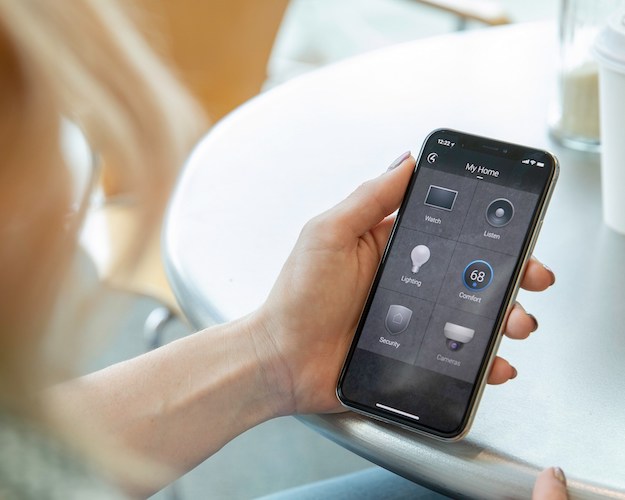New research from Parks Associates Smart Home Buyer Journey and User Experience, a survey of 10,000 broadband households fielded at the end of 2019, reveals that adoption of home control systems experienced a 38-percent year-over-year growth rate. The research firm confirms that 18 percent of U.S. broadband households have a home control system and that roughly one-half of households with a home control system purchased their system with their first smart home device.
“The majority of home control systems are integrated into a home security system, indicating the success of the security channel in particular in promoting the value proposition of home systems,” said Brad Russell, research director, connected home, Parks Associates. “The conversion of legacy security subscribers to interactive security services that support smart home automation is driving the increase in home control systems, while adoption of DIY home control systems independent of security has remained flat.”
The research shows consumers are most likely to acquire a home control system in the early stage of smart home adoption, with their first or second device, as opposed to a later stage when they own multiple smart home devices. Most consumers do not buy three or more smart home products and then look for a system to control all their devices, so migrating consumers from multiple devices to a system is currently a challenge for the industry.
Smart Home Buyer Journey and User Experience provides critical intelligence for smart home business strategies with data on smart home trends influencing consumer purchase behaviors and preferences. Topics include smart product adoption and purchase intentions across multiple product categories, segmentation profiles, purchase channels and installation preferences, voice and control platforms, app engagement, reliability and satisfaction scores by category, product feature interests, and attitudes about data security, interoperability, and support.
“The pattern of home system adoption could change as more households acquire multiple devices,” Russell said. “Right now most smart home owners use multiple apps to control their devices, but as more become multi-device households, these consumer segments will start to seek out a simple, unified experience.”








